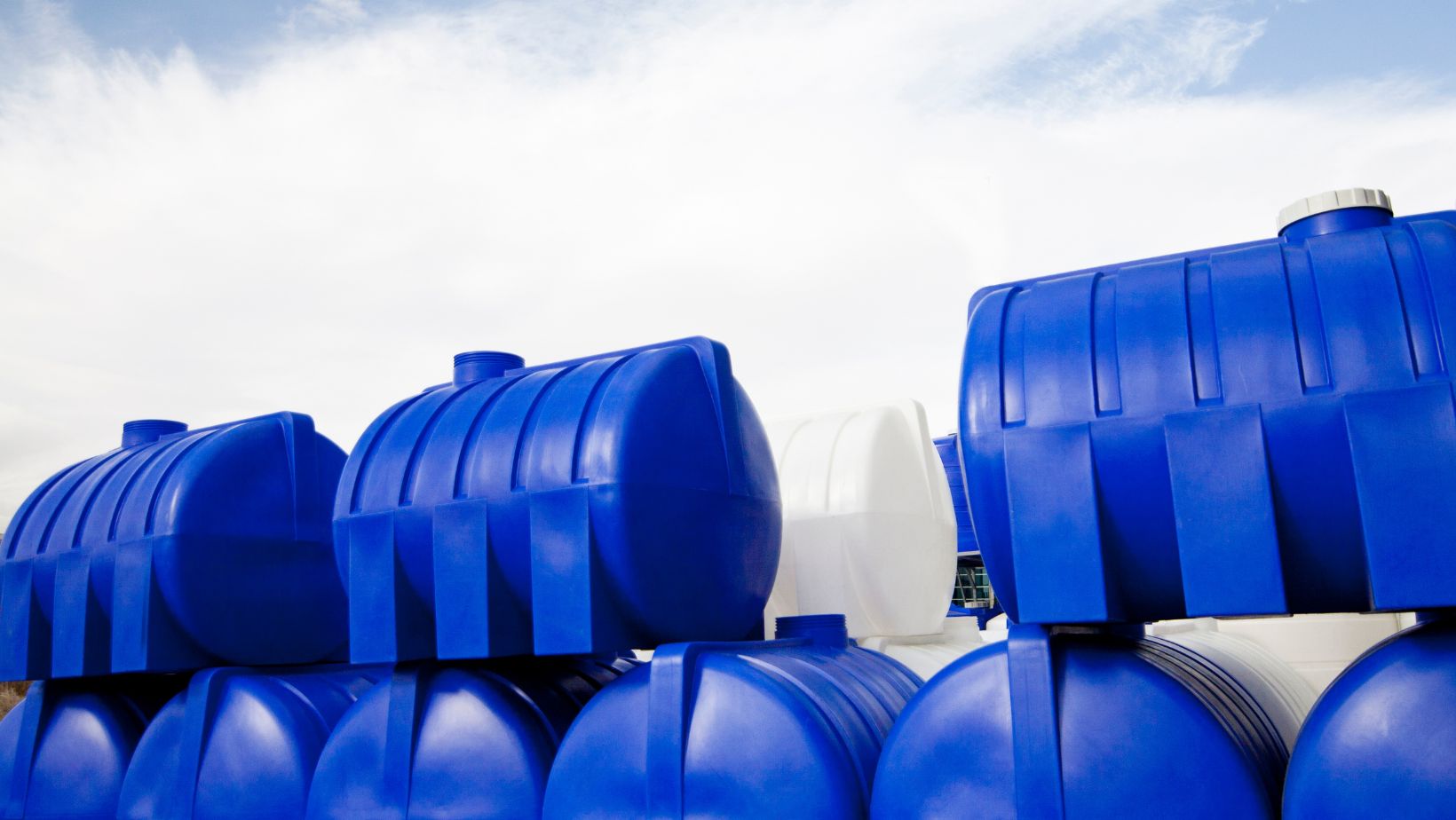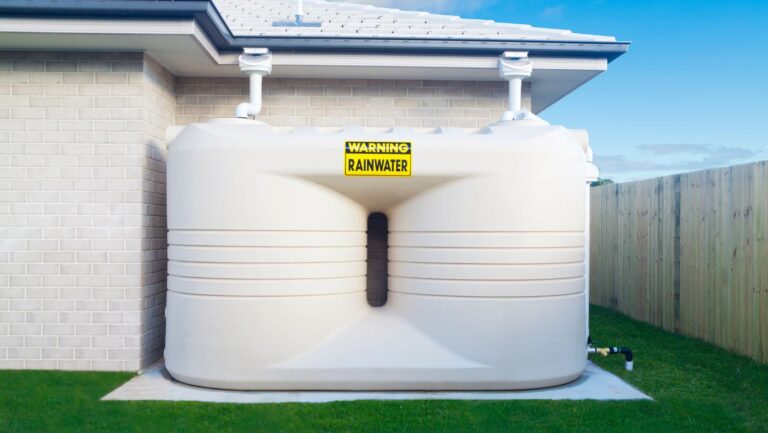Transporting water across rugged, isolated terrains poses significant challenges for industries such as agriculture, mining, and construction. Remote road conditions, unpredictable weather, and long distances mean that safe water transport requires more than just a reliable vehicle; it demands meticulous planning, high-quality equipment, and a clear understanding of safety protocols. Here are essential tips for transporting water safely and efficiently in remote areas.
Understand Road Conditions and Prepare Accordingly
Remote routes can range from gravel tracks and unsealed roads to sandy paths and hilly terrain. Before setting out, operators must assess the road type and condition. This helps determine the most suitable route and avoid areas prone to washouts, corrugation, or bogging.
Pre-trip route planning should also include checking for recent weather events, road closures, and possible detours. Equipping drivers with GPS systems and two-way radios enhances navigation and communication in areas with limited mobile coverage.
Match the Tank to the Terrain
Choosing the right water tank is paramount to ensuring both safety and efficiency. On remote roads, tanks must offer stability during transport, resist structural stress, and maintain water quality. Key considerations include:
- Material durability: Tanks made from UV-stabilised polyethylene or stainless steel offer resistance to corrosion and structural fatigue.
- Baffle systems: Internal baffles help reduce liquid surge, minimising the risk of rollovers and damage to vehicles.
- Low-profile designs: Tanks with squat profiles lower the centre of gravity, improving handling on uneven roads.
- Secure mounting systems: Well-designed mounting points or cradles help ensure tanks remain firmly in place during rough transit.
For example, some operators prefer compact TTi water cartage tanks for transport due to their rugged construction, baffle design, and secure mounting systems, ideal for traversing uneven and remote routes.
Prioritise Secure Mounting and Load Distribution
Improperly secured loads are a leading cause of accidents during water transport. To prevent this, tanks must be correctly anchored using ratchet straps, bolted cradles, or custom mounting frames. Load weight must be evenly distributed to maintain vehicle balance and braking efficiency.
The load should also comply with local vehicle mass limits and axle load regulations. Overloading not only increases wear on the vehicle but can also lead to mechanical failure or legal penalties.
Monitor Water Quality During Transit
Water intended for use in agriculture, stock hydration, or brewing must be protected from contamination. Ensure tanks are sealed with tight-fitting lids and vent filters, and are cleaned regularly to prevent biofilm growth and residue build-up.

Carry Essential Emergency and Maintenance Equipment
Breakdowns or delays on remote roads can lead to serious setbacks, particularly when transporting water to critical operations. Drivers should carry:
- Spare tyres and repair kits
- Fuel reserves
- Basic tools for on-site repairs
- First-aid kits
- Emergency communication devices
Regular vehicle and tank inspections before and after each trip can pre-empt mechanical issues. It’s advisable to schedule maintenance checks aligned with trip frequency and terrain difficulty.
Train Personnel in Safe Handling Practices
Operators must be trained not only in driving skills suited to remote terrains but also in water tank handling. This includes:
- Understanding liquid dynamics (slosh and surge)
- Safe filling and discharge procedures
- Identifying signs of tank fatigue or strap failure
- Emergency protocols for spills or rollovers
Investing in proper training reduces human error and contributes to a culture of safety across the operation.
Final Thoughts
Safe water transport on remote roads is a multifaceted challenge requiring the right equipment, preparation, and training. With proper planning and the use of reliable cartage systems, industries reliant on bulk water transport can maintain operational continuity, safeguard personnel, and preserve valuable resources — even in the harshest of environments.




